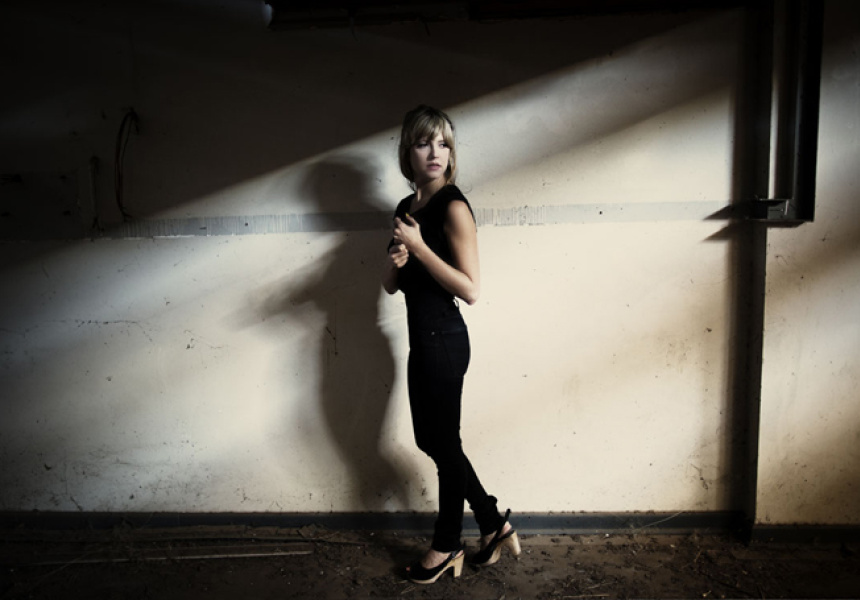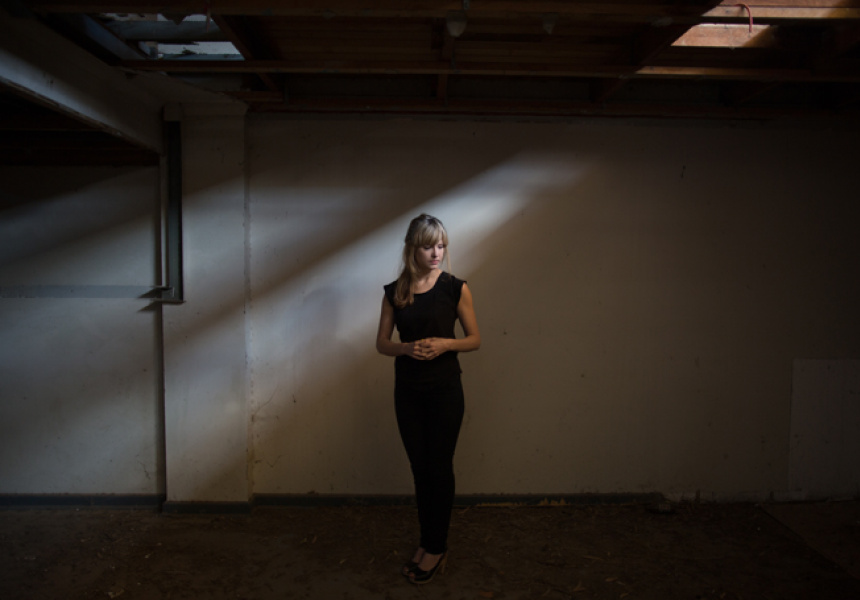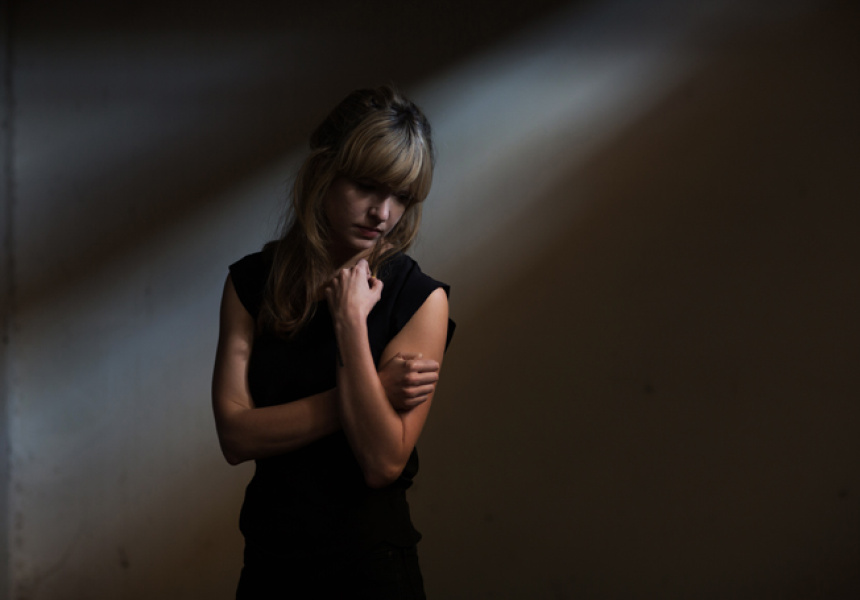Imagine yourself dying on an operating table. Now imagine yourself being brought back to life. What happens in those moments? Do you leave your body and look down at the doctors trying to revive you in the operating room? Do you move towards a white light that slowly takes over your conscious state?
In many documented cases – where people have died and come back to life – these cinematic clichés are true. There are bright lights and out-of-body experiences. But while we have an idea of what people feel and see when they die, we’ve never really thought about what those people hear.
In the first study of its kind, Melbourne artist Saskia Moore travelled across Europe and North America doing case studies with the sole purpose of answering one question: what do people hear when they die?
Stay in the know with our free newsletter. The latest restaurants, must-see exhibitions, style trends, travel spots and more – curated by those who know.
SIGN UPAfter receiving the prestigious UK Sound and Music Artist Residency in 2011, Moore was able to extract the sounds people heard during near death experiences through a complicated process of trial and error. What she found was a collection of sounds that were intensely beautiful and otherworldly.
Now, more than two years on, Moore has taken her show on the road, presenting the sounds, mini-symphonies and abstract soundscapes that people hear when they’re close to the end.
Backed by a chamber orchestra, Moore performs a series of musical and lighting compositions, each one representing a single subject’s experience with death.
We caught up with Moore to discover exactly how she uncovered the music people hear when they die.
Nicholas Acquroff: So how did your actual research come about?
Saskia Moore: Because I was working as an artist in residence, I was looking at Europe and the UK for people and, interestingly, I found that people from the UK are not so keen about talking about death. It was quite hard – I did find people but it was very hard and I didn’t have many people.
In America, they have the Association of Near Death Studies, which is quite an open source forum for people who’ve had near death experiences. it’s something people can link in to – part community, part research. I thought that’s something I should look into so I contacted them. They were very open and honest with their response, so I ended up going to a conference on consciousness last year in Arizona, which was fascinating, because it was a mixture of spiritualists, religious leaders, quantum mechanics and quantum physicists, neurosurgeons and brain surgeons and people who have had near death experiences, and it was mind-blowing and fascinating!
NA: Music is such an intangible thing. How did you extrapolate what people actually heard?
SM: It was super hard. My first assumption when I started this was that people must just hear regular music. If they were to hear anything, maybe everyone has their own exit music and when they’re about to die it kicks in. Like, maybe a bit of Bacharach or, you know, a classic bit of The Rolling Stones. Originally, I thought I was just going to curate people’s exit music and come up with a bit of a soundscape to say, ‘This is a study of the last thing people heard before they died’.
But of course, what I found was, that what people hear is like nothing they’ve ever heard before. It’s intensely beautiful and indescribable. And I went, ‘Oh goodness, ok, I’m going to have to transcribe this’. And for me to transcribe it musically and show it to someone who was non-musical, I was like: ‘Is this your music?’ and of course they wouldn’t recognise it, because they didn’t read music.
I did all of this very consciously by ear, because I wanted to have a common ground between people who were non-musical and who were musical. I would just speak to people in very simple terms about their experience. Some of their experiences were very synaesthetic and connected to light and colour. They would say, ‘I can only describe my experience as purple’. And I’d say, ‘Okay, what does purple look like?’ It was a bit like kindergarten, I’d have all of these different pastels of purple and we’d find the right one.
The other interesting thing is that people often described it in terms of feeling. They’d say, ‘Purple felt like this’. So I asked them to find the right colour and draw purple, then I would ask them where the purple went and they could almost draw a line as to how purple moved in their sphere…whether it went up or down or sideways. So I was able to put together these loops of information.
And then they’d say, ‘Then it turned green’, and I’d say, ‘Okay then, lets draw green’. I had my synthesizer by my side and I’d ask what it sounded like. I played a mix of lots of possible sounds and then they’d describe it more as they were drawing. They would say, ‘No, it’s a harder tone, or it’s more pure than that, or that oscillates too much, or that’s too fast or too high’. They would describe it in human terms, which weren’t necessarily musical, and then I was able to interpret those words to mean certain things. Then I could transcribe it into musical terms and turn it into a sonic map. I was able to create these live sonic maps that were constantly played back to people. And they were able to say things like, ‘It sounded like a violin, but a violin that was more electronic’.
NA: So it was very much trial and error?
SM: Very much. I knew when I was getting it right, because it would evoke a very visceral response in people. They would start to cry and I would think, yes, I’m on the right track.
NA: And is there a common thread between the music people heard?
SM: You know what, there are some really similar things that people hear, and that is astonishing. There were a couple of times where people were humming very similar things. I thought, wow, this is like something from Close Encounters. The similarities in tone and the way people describe it are so similar.
Dead Symphony shows at Arts Centre Melbourne from August 7 until August 10. For tickets, click here.
saskiamoore.tumblr.com/deadsymphony
artscentremelbourne.com.au



